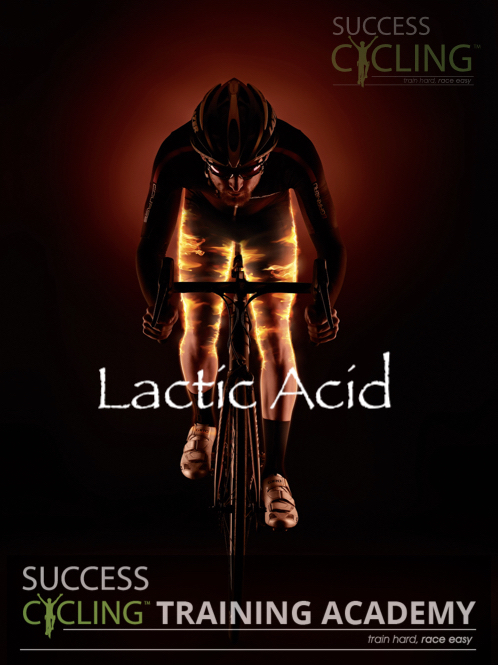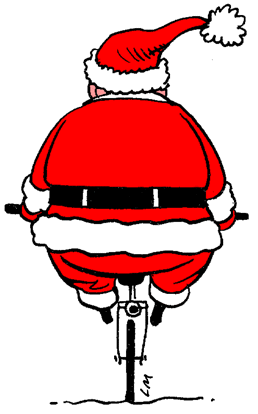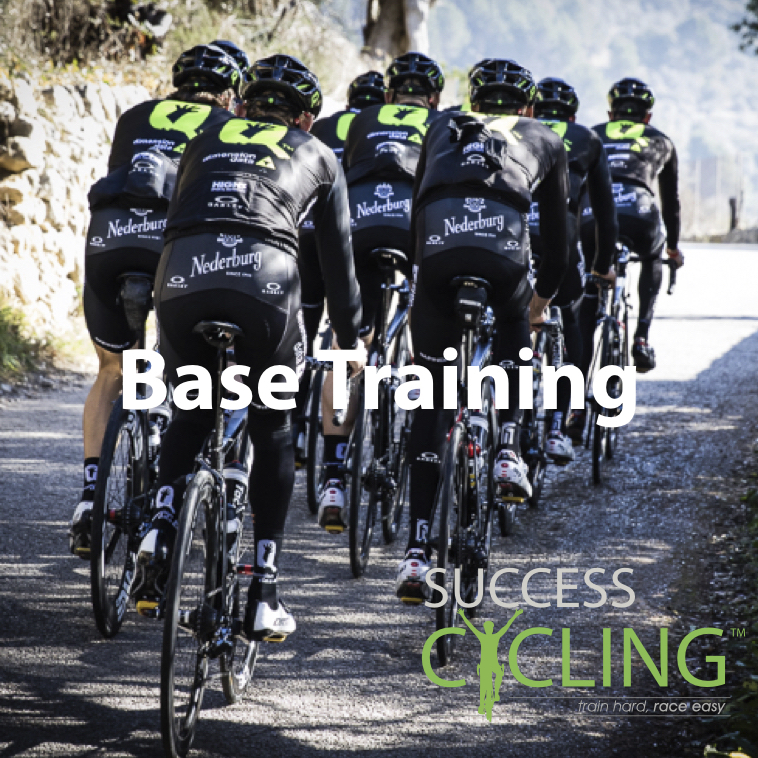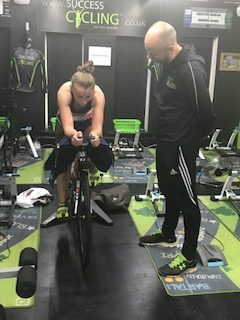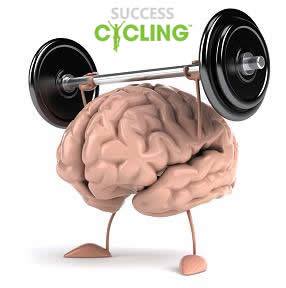Greatest Errors of Cycle Training AVOIDED
- August 29, 2013
- Success Coach
- Fitness
- No Comments
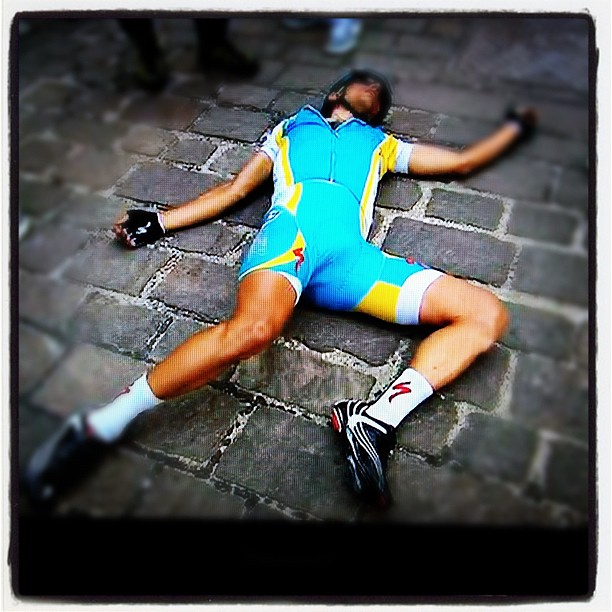
Greatest Errors of Cycle Training AVOIDED
We take a look at the seven biggest mistakes committed by cyclists when training…
NOT RESTING ENOUGH
Ever heard the saying ‘rest is the most important part of training’? While it might sound counterintuitive – and you certainly won’t get very far on rest alone – insufficient rest can be your downfall. For most of us holding down a job, raising a family and having an active social life leaves little time for training, let alone resting. And that is one of the biggest differences between us and the pros.
When a pro climbs off his bike he heads for the shower, has his recovery drink and pasta then puts his feet up for the rest of the afternoon or heads for the cafe. He isn’t lazy – he is doing his job. Many will even tell you that the mid-afternoon nap is an indispensible part of their training. While they have their feet up we are rushing around to get the next task done!
How to avoid it
Because we have busy, active lives we have to limit our training, not just by how much training time we can put in, but by how much we are able to recover.
OVERTRAINING AND NOT KNOWING IT
When you ask most riders what’s preventing them from getting any better they will probably tell you: “not training enough”. Speak to most coaches and they will probably answer that for many riders it is training too much holds them back.
Overtraining occurs when you don’t allow for sufficient rest to recover from your training sessions. You don’t have to be putting in a vast number of hours to suffer overtraining. If you have a busy lifestyle, a physical job, stress, or insufficient sleep, overtraining can occur with even a very small number of actual training hours.
Training works by stressing your body with exercise, allowing it to recover and adapt so you become stronger. If you don’t allow for that vital recovery period you will become increasingly tired and begin to underperform, and may eventually become injured. You may not realise you are over-trained, but a general feeling of tiredness, a lack of enthusiasm for training, a difficulty in raising heart rate and sleeping problems are all symptoms. The standard cure is two weeks of rest and a gradual return to training.
If after this time you are still no better you may be suffering the marvellously titled ‘unexplained underperformance syndrome’. This refers to a continued loss of performance without a medical cause and despite having two weeks of rest. It is termed UUPS as opposed to ‘over-training’ because the cause may not be training alone. The key symptom is tiredness, which persists despite rest.
How to avoid it
Have a plan and keep a record so you can clearly see what training you have done and importantly what rest you have taken. You will see the signs of overtraining and head them off with an extra day or two off before they result in problems. Remember, riding time should be determined by the amount of time you have available, not by how many hours it says you should be doing in a book that you have read.
WORRYING ABOUT YOUR WEIGHT MORE THAN YOUR POWER OUTPUTS
Cyclists have an obsession with weight; the weight of their bike, weight of themselves and weight of their competitors. Admittedly, your power-to-weight ratio is probably the most important figure going, and the higher it is the better the rider you are likely to be. However, the best way to increase your power-to-weight ratio isn’t simply to get skinnier, it’s to become more powerful as well. Put too much emphasis on losing weight and your training is likely to suffer, and you won’t be focusing on the real thing that will crank up those figures you are so interested in – training hard and effectively. Of course, if you are carrying too many pounds and are (to be frank) fat then, yes, you do need to shift some of it.
How to avoid it
If you are a normal weight and body fat then maintain your weight and put some power in your legs with some specific training sessions. One of the best ways of improving power is to get on the turbo-trainer and do 30 second all-out efforts with a three-minute recovery period. It will be tough but will pay back more than turning away that second chocolate biscuit.
TRAINING IN THE DEAD ZONE
Your body’s muscle is made up of three different fibre types, using different energy systems, and acting in different ways. One of the most common training errors is to train in the mixed muscle zone where you are exercising all three muscle types – making them all tired and training neither type effectively.
This mixed muscle zone is between your easily sustainable endurance riding zone and your quite-hard-to-maintain threshold zone. In other words it is hard enough to feel you are working but not so hard you can’t sustain it, the kind of level that it is easy to find yourself in if you aren’t monitoring your heart rate or doing a structured training session. The problem with this level of exercise is that while not stressing any fibre type sufficiently to create a training stimulus, it stresses all of them enough to feel tired and need recovery time.
The three fibre types are: Type 1 – slow-twitch oxidative fibres, endurance type fibres that are found in postural muscles which have to support your body all day; Type 2 – a fast-twitch or fast-oxidative fibres; and Type 3 – fast-twitch fibres which work anaerobically and fatigue rapidly – the fibres you use when sprinting.
How to avoid it
Using a heart rate monitor or power metre will help you stay in the zone you are supposed to be working in. A simple rule is to ride hard for short sessions – intervals of two to 20 minutes; very, very hard for intervals of less than two minutes; moderately easy for your steady mileage; and easy for your recovery rides. Of course the best way to find these zones and train effectively is to be fitness tested.
NOT HAVING A LONG-TERM GOAL OR FOCUS
You would never set out on a long journey without a map or end destination. If you did, you might end up driving in circles and never get very far from home. Alternatively you might end up miles from where you want to be but in a pleasant place, or worse, miles from where you want to be and in a bad place. Planning helps you get to where you want to be when you want to be there. It sounds so obvious – if you ride when you feel like it and follow no structure you are unlikely to miraculously hit form on the day of your big event.
How to avoid it
Start with a long-term vision of where you want to be in a few years’ time and make a note of it. Look at where you want to perform at your best this year and make a note of that. Working back from your season’s goal, plan month by month what kind of training you will need to get there. You will probably need help from a coach or at least a good training manual. Within each period you should have a goal or a signpost to say you are on the right road. In fact, every time you pedal off you should have a goal to achieve during that session if you want to make the most effective use of your time.
SPENDING YOUR MONEY ON YOUR BIKE NOT YOUR BODY
Your bike is a tool but your body is the engine. Few people would ride with a wheel out of true, but there are plenty of people riding around with niggling injuries – injuries that aren’t enough to stop you riding but are definitely preventing you from getting the most from your engine. For some reason there is real satisfaction to be gained from parting with cash at a bike shop for some shiny new parts, but there’s little satisfaction from handing that cash to a physiotherapist to pull you around for an hour. However, if it is your body that is out of true, the performance benefit of spending some cash and time on getting yourself fixed will bring far more and longer-term benefits. Bike fit is absolutely crucial. It doesn’t matter how great that deal was in the January sales if it doesn’t fit and you are now suffering back problems. It might be more expensive, but if it keeps you comfortable – and helps you produce more power – it is money well spent.
Some people will spend a fortune on a top end bike but turn their nose up at paying for coaching. But a good coach will help you get greater improvements and keep on getting gains, than any new bike can. The question is; do you want to look the part, or ride the part?
How to avoid it
Do as much research into finding the best coaches, physios and massage therapists as you would looking up components or new bikes. Understand that keeping your body in the best condition possible is as important as keeping your bike running smoothly. When you get back from a ride think about your body first: eat, shower and get warm till you are ready to clean your bike – and put it away. Just keep in mind the image of that out-of-true wheel and how much power you are wasting to keep it turning when it is rubbing.
LEAVING YOUR BEST PERFORMANCES ON THE CLUBRUN
It might be good for the ego to thrash your mates up the hill, win the town sign sprint, or make everyone else suffer because you are feeling good, but if you mysteriously never seem to reproduce these stunning efforts when it really matters – when you have a number on – you may be guilty of that classic error of leaving your best results behind on the training run.
How to avoid it
This is a combination of many things. Having a plan so you know what you want to achieve from a session is part of it. It may be for that particular session you do not want to hammer your mates to enjoy a really good hard workout, which is fine if it is part of your plan. Letting a group go and sitting up because you know you should not be following them requires a strong head and hard discipline. For anyone with the slightest touch of competitive spirit it is hard to put ego aside in that manner. However, if it means you aren’t doing the training you need to do because you are desperately trying to keep up or putting the hammer down to make everyone else suffer; you might not get the results you want in the long run. There is also a psychological element to this – some riders simply can’t raise their game when it counts. However seriously you take it no one really cares or remembers who wins the 30 sprints; if you crack under genuine competition you need to take a look at your mental strategy.
Leave a Comment cancel
This site uses Akismet to reduce spam. Learn how your comment data is processed.

